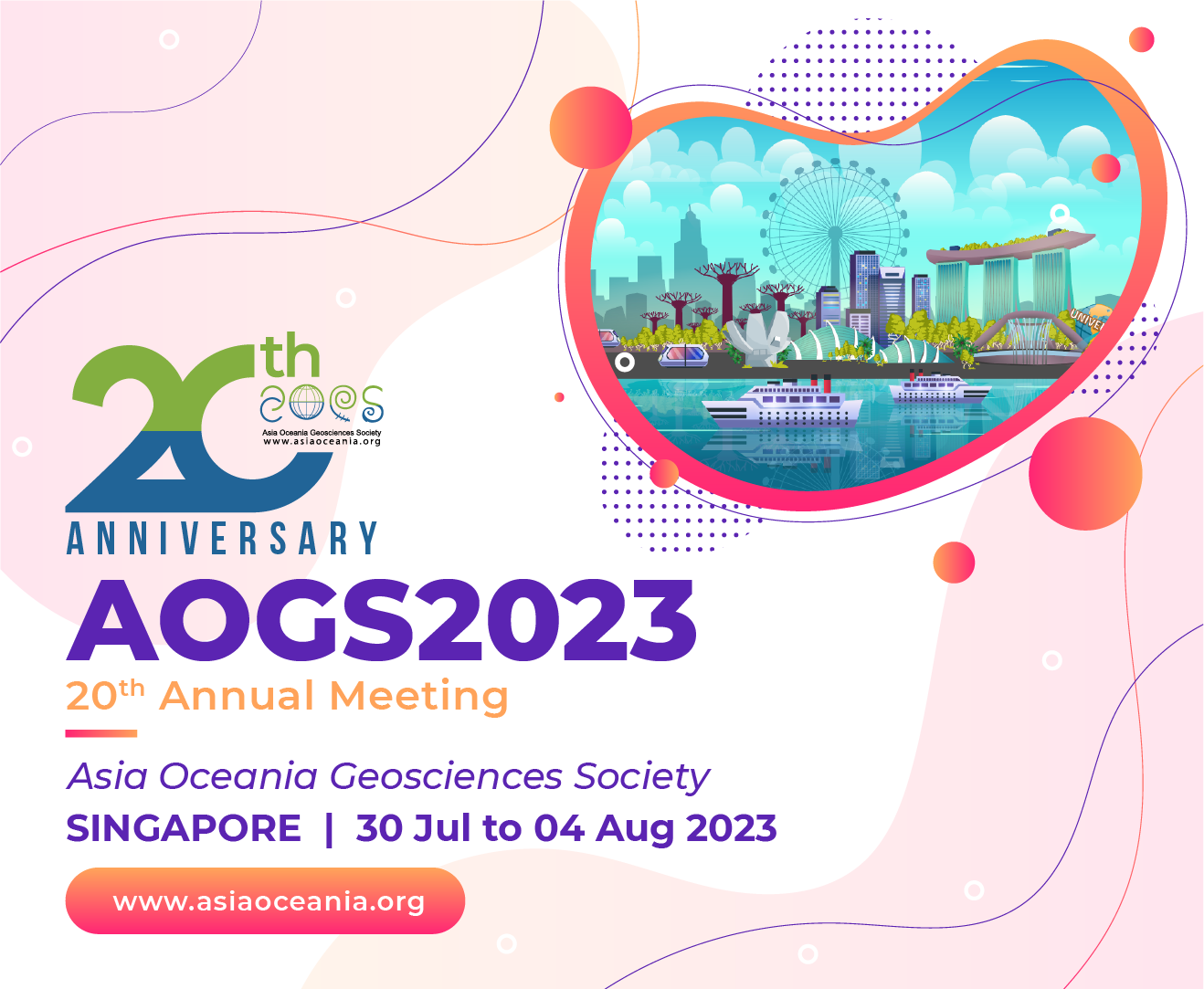

Kornyanat HOZUMI
National Institute of Information and Communications Technology (NICT), Catholic University of America, National Aeronautics and Space Administration (NASA)
Dr. Kornyanat Hozumi completed her doctorate at Kyoto University under the supervision of Prof. Dr. Mamoru Yamamoto and Assoc. Prof. Dr. Akinori Saito, with generous support from the Japanese Government Scholarship. She served as a postdoctoral researcher at the Research Institute for Sustainable Humanosphere (RISH), Kyoto University, in 2015. Then she joined the National Institute of Information and Communications Technology (NICT) in the same year. She has been a Tenure-track researcher at the NICT since 2020. Her research interests are employing radio wave techniques to study the ionosphere and upper atmosphere and linking space weather research to real operation. She has been bridging research activity in developed and developing countries for over ten years and working a lot in the field in many countries. The projects led by Dr. Hozumi include, but are not limited to, the SEALION (https://aer-nc-web.nict.go.jp/sealion/index.html), which is an international ground-based ionospheric observation project, and HF-START (https://hfstart.nict.go.jp/), which is a free platform for the public to “see” and simulate how the radio waves propagate with the ionospheric medium. Her research contributions and accomplishments have been acknowledged with awards, such as URSI Young Scientist Award and NICT Outstanding Achievement Award. By growing up in her childhood in a rural area of Thailand but being able to achieve her career today, as mentioned earlier, she hopes she can inspire young girls who want to pursue the STEM field but still hesitate because of gender reasons. She advocates for diversity in the research community.
ST Kamide Lecture | 01 August (Tue) 08:15 AM – 10:00 AM | Level 3 MR309
Review of R&D on Ionosphere and Radio Propagation to Support a Stable Operation of Radio Infrastructure
Abstract: Have you ever wondered where is the boundary of sky and space and why space matters? Space is very dynamic. There is no scientifically definite single numerical boundary of space. Astronauts are considered to have officially gone into "space" if they have gone 100 km above Earth's mean sea level. Extreme ultraviolet (EUV) radiated from the sun photo-ionizes the thermospheric neutral atmosphere, resulting in free electrons and positive ions surrounding the Earth. The partially ionized atmosphere enters a plasma state, forming the Earth's ionosphere. The Earth's ionosphere extends over an altitude range of 60 km to 1000 km and is divided into three regions, D, E, and F depending on the altitude. Considering the altitude, the ionosphere is the "entrance to space." The ionosphere refracts short waves very well. It is why we can hop shortwave signals between the Earth and the ionosphere for communication over long distances.
Most of the ionospheric plasma exists in the F region. A significant increase or decrease in the F region plasma is considered an ionospheric storm. A decrease in the critical frequency of the F region during a negative storm results in a decrease in the maximum usable frequency (MUF) of high-frequency (HF) communication links. During a positive storm, the ionospheric delay of satellite signals increases, and the positioning error tends to increase. The equatorial ionospheric anomaly (EIA) region hosts the largest ionospheric plasma density in the low magnetic latitudes. The plasma density in the ionosphere has regular temporal fluctuations, such as diurnal and seasonal variations, and an approximately 11-year cycle associated with solar activity. A minimum period of solar activity was most recently observed around December 2019. By having been approaching a year of high solar activity, many natural phenomena in space are expected to become more active. Among them, the "equatorial plasma bubble (EPB)" generated in the ionospheric EIA region is one of the notable phenomena.
Up to the current knowledge, the basic generation mechanism of the EPB is already known, but we need to determine when and where the EPB exactly generates. The EPB is known as a nighttime phenomenon generated near the magnetic equator, propagates eastward, and extends its structure along the magnetic field. Once the EPB occurs, it degrades the passing-through radio signals. Non-uniformity of the ionospheric electron density inside the EPB leads to a sudden change in the signal amplitude with various scale sizes, known as radio-wave scintillation. The scintillation starts when the signal penetrates the EPB and ends when the signal exits the EPB. As a result, the signal experiences a decrease in signal-to-noise ratio (SNR). A decreased SNR due to the EPB causes poor communication quality and difficulty in positional tracking. A reduced number of tractable satellites inevitably reduces the continuity, integrity, and availability of the signal's accuracy as required in precise agriculture, aviation, and autonomous transportation. In the worst-case scenario, the EPB could lead to a failure of GNSS utilities due to a loss-of-lock of the signal. It is foreseen that precise satellite positioning will become indispensable worldwide technology. Such adverse influences from space need to be avoided to enable the safe use of technology.
This talk reviews an international effort to monitor the current condition of the ionosphere in Southeast Asia to nowcast the EPB; the EPB Alert, which is a system being developed to issue an alert once the EPB is detected; and the HF-START that allows public users to see how the HF radio waves propagate with an ionospheric medium.
